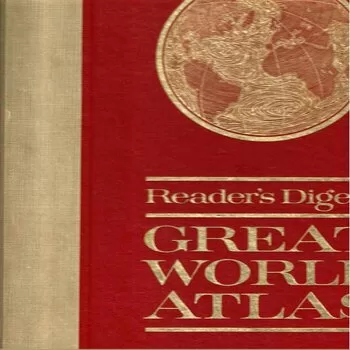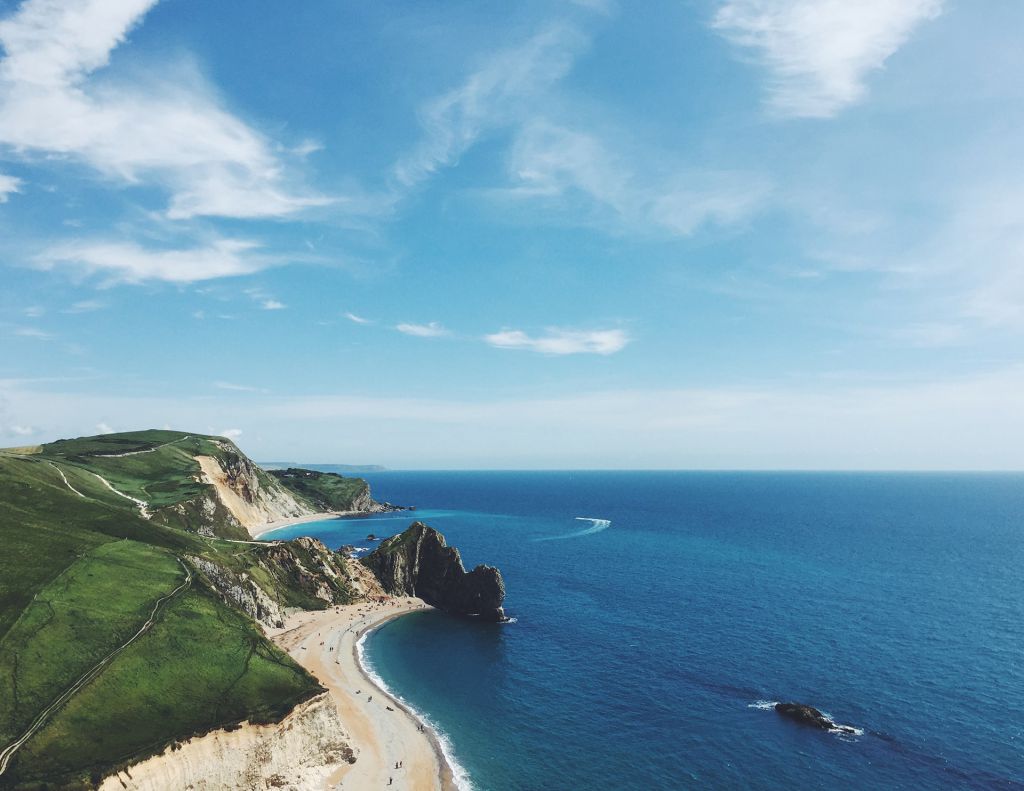Maps
Maps serve as intricate representations of our world, capturing the essence of geography in a visual format that guides exploration and understanding. They are not merely tools for navigation; they are gateways to adventure, revealing the contours of mountains, the flow of rivers, and the layout of cities. Each map tells a story, whether it’s a detailed topographic chart showcasing the rugged terrain of a national park or a historical map that illustrates the shifting boundaries of empires over centuries. The artistry involved in map-making combines science and creativity, transforming raw data into a tapestry of colors and symbols that invite curiosity and inspire wanderlust. In an age where digital navigation dominates, the tactile experience of unfolding a paper map still evokes a sense of wonder, reminding us of the vastness of the world and the journeys that await.
Showing the single result


